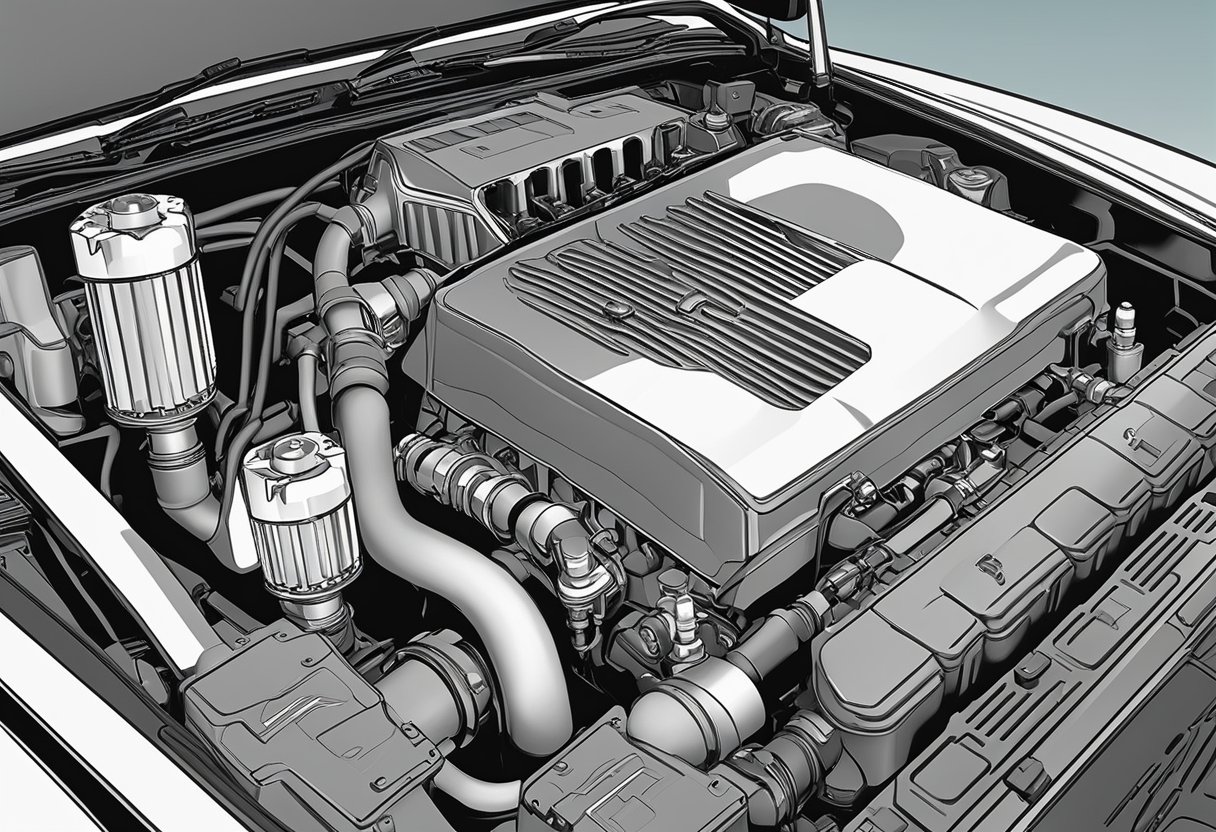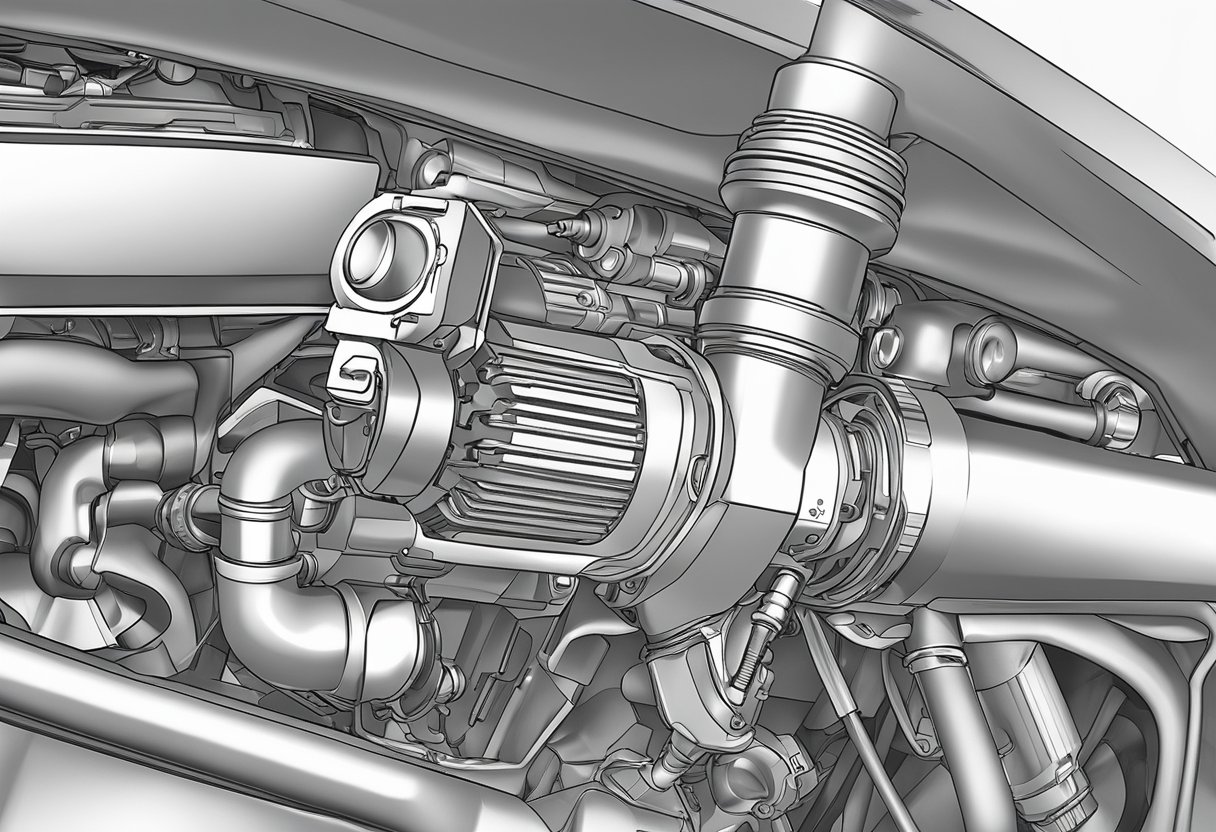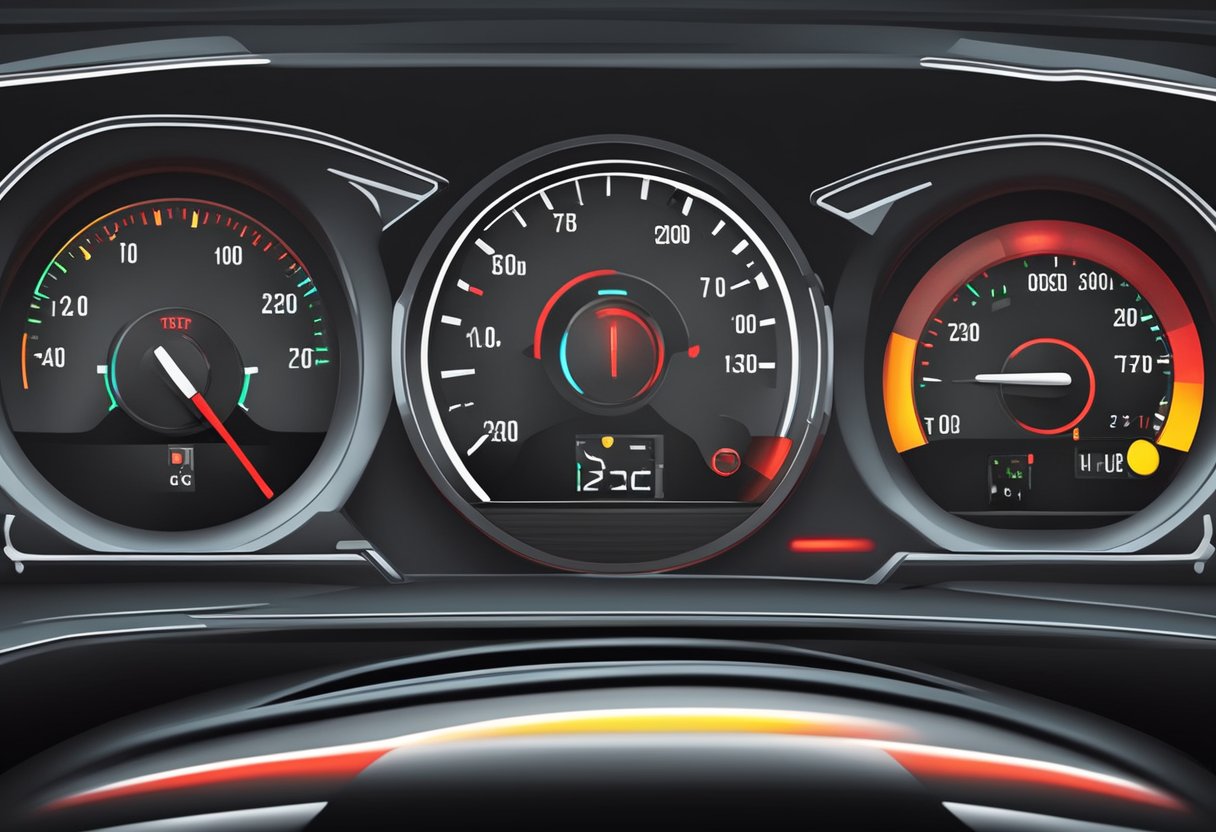If you own a car, you probably know that it is a complex machine made up of several systems that work together to keep it running smoothly. One of the most important systems in your car is the cooling system, which helps regulate the engine’s temperature. The engine coolant temperature sensor is a crucial component of this system, as it helps keep the engine from overheating and causing damage.
The engine coolant temperature sensor is responsible for monitoring the temperature of the engine coolant. It sends this information to the engine control module, which uses it to adjust the fuel injection and ignition timing. This helps ensure that the engine runs smoothly and efficiently, and that the emissions are kept within acceptable levels. If the engine coolant temperature sensor fails, it can cause a variety of problems, including poor fuel economy, reduced engine performance, and even engine damage.
Overview of Engine Coolant Temperature Sensors
The engine coolant temperature sensor is a crucial component of your vehicle’s engine management system. It measures the temperature of the engine coolant and sends that information to the engine control module (ECM). The ECM then uses this information to adjust the fuel injection timing and ignition timing for optimal engine performance and fuel efficiency.
The engine coolant temperature sensor is typically located near the thermostat housing or on the cylinder head. It is usually a two-wire sensor that is either threaded into the engine block or mounted in a coolant passage.
If the engine coolant temperature sensor fails, it can cause a variety of problems. The most common sign of a failing engine coolant temperature sensor is an inaccurate temperature reading, which can cause the engine to run too rich or too lean. Other signs of a failing sensor include poor fuel economy, rough idle, and engine overheating.
In summary, the engine coolant temperature sensor plays a crucial role in the proper functioning of your vehicle’s engine. It is important to keep an eye out for signs of a failing sensor and to have it replaced if necessary to ensure optimal engine performance and fuel efficiency.
Purpose of the Engine Coolant Temperature Sensor
The engine coolant temperature sensor (ECT sensor) is an important component of the engine’s cooling system. It is responsible for monitoring the temperature of the engine coolant and transmitting this information to the engine control unit (ECU). The ECU uses this information to regulate the engine’s temperature, optimize fuel consumption, and prevent engine damage.
Regulating Engine Temperature
The ECT sensor plays a crucial role in regulating the engine’s temperature. If the engine becomes too hot or too cold, it can cause serious damage to the engine components. The ECT sensor constantly monitors the temperature of the engine coolant and sends this information to the ECU. The ECU then adjusts the engine’s cooling system to maintain the optimal temperature range for the engine.
Informing the ECU
The ECT sensor provides important information to the ECU about the engine’s operating conditions. This information is used by the ECU to adjust the engine’s fuel injection timing, ignition timing, and other parameters. By optimizing these parameters, the ECU can improve the engine’s performance and fuel efficiency.
Optimizing Fuel Consumption
The ECT sensor also helps to optimize the engine’s fuel consumption. By monitoring the engine’s temperature, the ECU can adjust the air/fuel mixture to achieve the optimal fuel-to-air ratio. This helps to improve fuel efficiency and reduce emissions.
Overall, the engine coolant temperature sensor is a critical component of the engine’s cooling system. It helps to regulate the engine’s temperature, inform the ECU, and optimize fuel consumption. If the ECT sensor fails, it can cause serious damage to the engine and reduce its performance. Therefore, it is important to keep the ECT sensor in good condition and replace it if necessary.
Location of the Engine Coolant Temperature Sensor
The engine coolant temperature sensor is a vital component that measures the temperature of the engine’s coolant and sends this information to the engine control module (ECM). The ECM then uses this data to adjust the fuel injection and ignition timing to ensure optimal engine performance. In this section, we will discuss the typical placement of the engine coolant temperature sensor and how to access it.
Typical Sensor Placement
The engine coolant temperature sensor is usually located near the thermostat housing or on the engine block. The exact location varies depending on the make and model of the vehicle. In some vehicles, the sensor is located on the intake manifold or cylinder head.
To locate the sensor, consult your vehicle’s service manual or search online for the specific location for your make and model. It is essential to locate the sensor accurately to avoid damaging other engine components during replacement.
Accessing the Sensor
Accessing the engine coolant temperature sensor can be challenging, depending on its location. In some cases, the sensor may be easily accessible, while in others, it may require the removal of other engine components such as the air intake system, engine cover, or coolant hoses.
Before attempting to replace the sensor, make sure the engine is cool to avoid burns from hot coolant. It is also crucial to disconnect the battery before starting any work on the sensor to avoid electrical shock or damage to the ECM.
In conclusion, the engine coolant temperature sensor is a crucial component that helps ensure optimal engine performance. Knowing the typical placement and how to access the sensor can help you replace it quickly and safely.
Signs of Engine Coolant Temperature Sensor Failure
If your engine coolant temperature sensor fails, it can cause a variety of problems. In this section, we will discuss the signs of engine coolant temperature sensor failure.
Erratic Temperature Readings
One of the most common signs of engine coolant temperature sensor failure is erratic temperature readings. If your temperature gauge is bouncing around or giving you inconsistent readings, it could be a sign that your engine coolant temperature sensor is failing. This can lead to engine damage if not addressed promptly.
Poor Fuel Economy
Another sign of engine coolant temperature sensor failure is poor fuel economy. Your engine may run rich or lean if the temperature sensor is not functioning properly, which can cause your vehicle to burn more fuel than necessary. This can result in decreased gas mileage and increased costs at the pump.
Illuminated Check Engine Light
If your check engine light is illuminated, it could be a sign of engine coolant temperature sensor failure. The engine control module (ECM) monitors the coolant temperature sensor and will trigger the check engine light if it detects a problem. This warning light should not be ignored, and you should have your vehicle diagnosed as soon as possible.
Engine Overheating
Finally, engine overheating is a common sign of engine coolant temperature sensor failure. If the sensor is not working correctly, it may not send the correct signal to the ECM, which can cause your engine to overheat. This can lead to serious engine damage, so it is essential to address the issue immediately.
In summary, if you experience any of these signs of engine coolant temperature sensor failure, it is crucial to have your vehicle diagnosed and repaired promptly to prevent further damage.
Troubleshooting and Replacement
Diagnosing Sensor Issues
If you suspect your engine coolant temperature sensor is faulty, there are a few signs to look out for. One of the most common symptoms is a check engine light appearing on your dashboard. Additionally, you may notice that your engine is running hotter than usual or that your coolant levels are dropping rapidly.
To confirm that your sensor is the issue, you can use a multimeter to test the resistance of the sensor. You can find the correct resistance values for your specific make and model in your vehicle’s service manual. If the resistance values are not within the recommended range, it’s likely that your sensor needs to be replaced.
Steps for Replacement
Replacing your engine coolant temperature sensor is a relatively straightforward process that can be done in a few steps:
-
Locate the sensor: The engine coolant temperature sensor is typically located near the thermostat housing or on the intake manifold.
-
Disconnect the electrical connector: Before removing the sensor, you’ll need to disconnect the electrical connector that’s attached to it. Be sure to check for any damage or corrosion on the connector.
-
Remove the sensor: Once the connector is disconnected, you can remove the sensor by unscrewing it from its housing. Depending on your vehicle, you may need to use a socket or wrench to remove it.
-
Install the new sensor: Install the new sensor by screwing it into the housing and reconnecting the electrical connector. Be sure to tighten the sensor to the correct torque specifications.
-
Test the new sensor: Once the new sensor is installed, start your engine and check for any warning lights or issues with your coolant levels or engine temperature.
By following these steps, you can replace your engine coolant temperature sensor and ensure that your vehicle is running smoothly.
As an Amazon Associate we earn from qualifying purchases.















